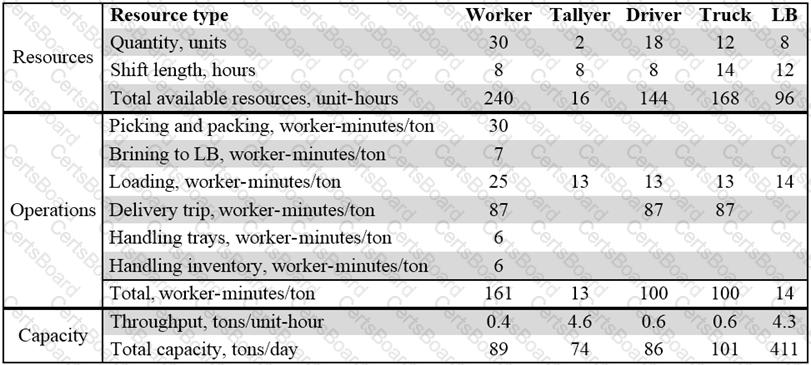During requirements review, the implementation subject matter expert (SME) identified the requirement 'parsing of data' that must be implemented before other requirements. The business analyst (BA) has given this requirement high priority.
What factor influenced the prioritization of the requirement?
Company A is a nation-wide leader in commercial demolition. Having just celebrated its 100th year of operations, the company decided to begin doing work internationally. The current system used for reporting company finances is unable to keep pace with the potential demands of doing work in geographically dispersed locations. Therefore, the company decided to replace its client-based Profit & Loss (P&L) reporting system with a more robust, web-based system. This will ensure transparency across the organization and enable better decision making.
The business analyst (BA) at Company A has recently completed several rounds of elicitation to determine the requirements for the new, web-based system. Over 1250 requirements were elicited. An initial Requirements Traceability Matrix (RTM) has been drafted, and a subset of the RTM can be seen below:

The BA will create a Data Model to meet which requirement?
A company that specialized in manufacturing vending machines for books has been in business for 10 years. As the e-book and online retailing grow, the company perceived that a change is required to respond to the new emerging market forces. However, the change should focus on reusability as much as possible to reduce expenses. After analyzing the current state with the business subject matter experts, the business analyst
(BA) proposed investing in a new business line of vending machines that sell pay per use mobile device phone fast charging stations.
Due to the urgency of this change, the BA was asked to finalize requirements elicitation in the shortest possible time.
The BA was able to complete requirements elicitation activities in a short period of time. Which type of elicitation approach did the BA use?
A major manufacturer of popular beverages has appointed a local distributor to serve a specific territory. The demand for the beverages has a pronounced seasonal pattern. The distributor performs well overall, but is repeatedly unable to keep up with fulfilling many customer orders during peak demand periods. The distributor's current delivery capability is stretched to deliver 60 tons of merchandise per day whereas the season's peak demand periods need a daily delivery capability of up to 100 tons.
The distributor is under pressure to fully meet the year-round market demand in order to stay in business. The distributor's management wants to identify and consider more cost-effective options as resorting to adding more trucks and drivers would not be economically feasible.
A business analyst (BA) has spent several days observing and measuring the warehouse activities to understand the situation and to gain insights into possible solutions. The delivery workflow is a four-step process: (1) picking the orders and assembling them on trays, (2) bringing the trays to the loading bay, (3) loading the orders into trucks, and (4) delivering the orders to customers. As the following table illustrates, overall performance depends is dependent on five major resources: (1) the workers who pick the orders and load them into trucks, (2) the tallyers who check the orders, (3) the drivers, (4) the trucks, and (5) eight loading bays (LBs).

If the driver's average throughput is 0.6 tons/hour, how many hours per day would 15 drivers have to work to deliver 100 tons of merchandise?


